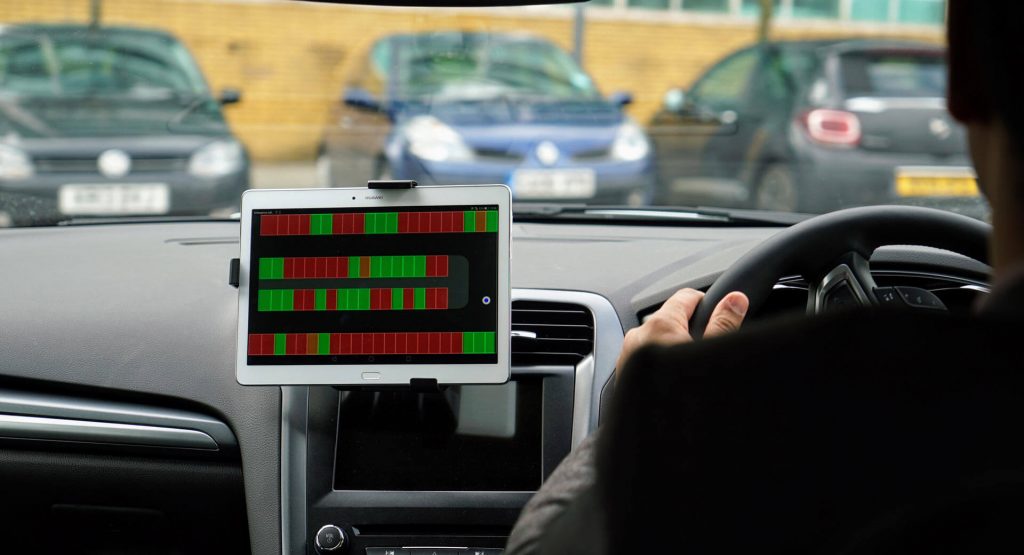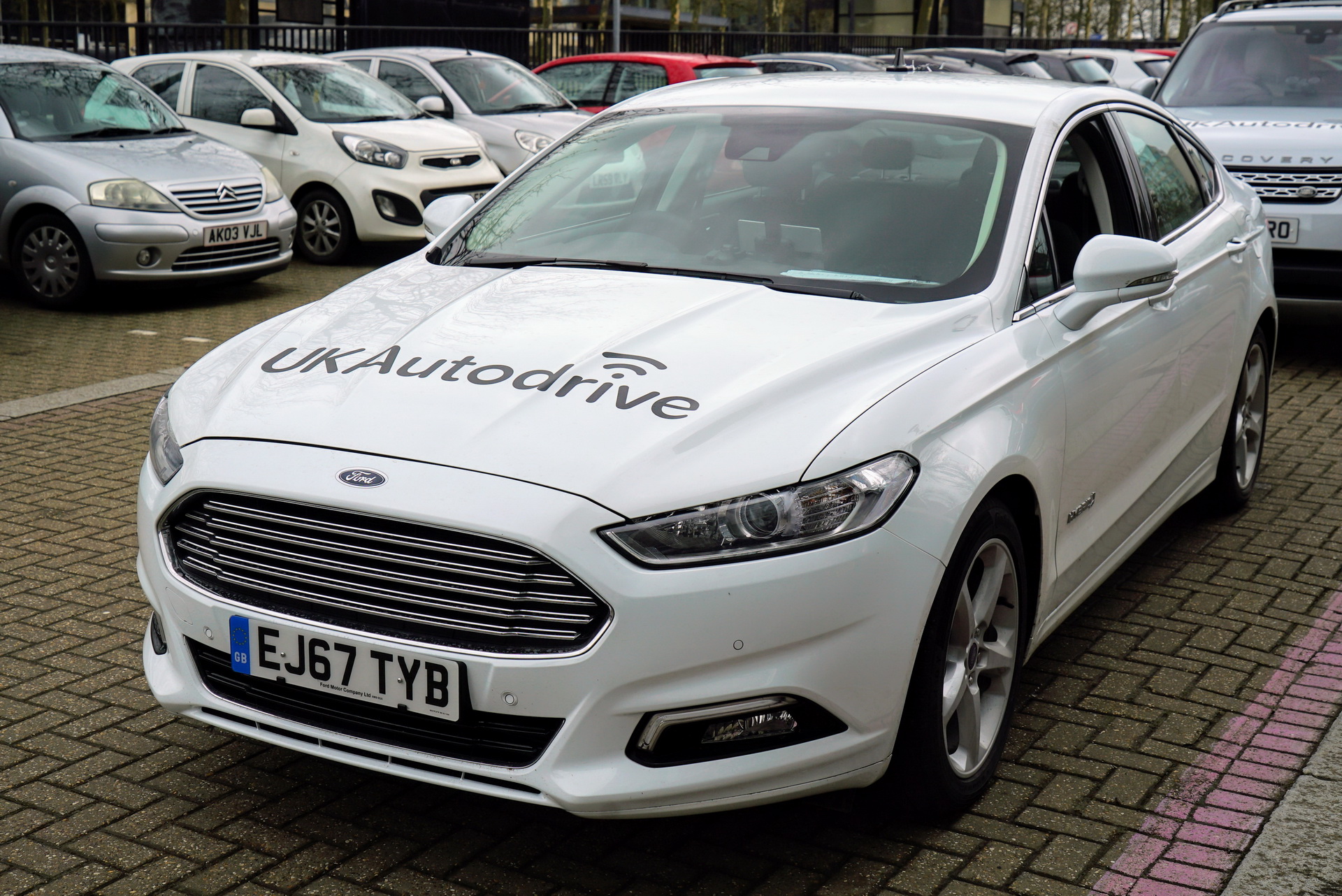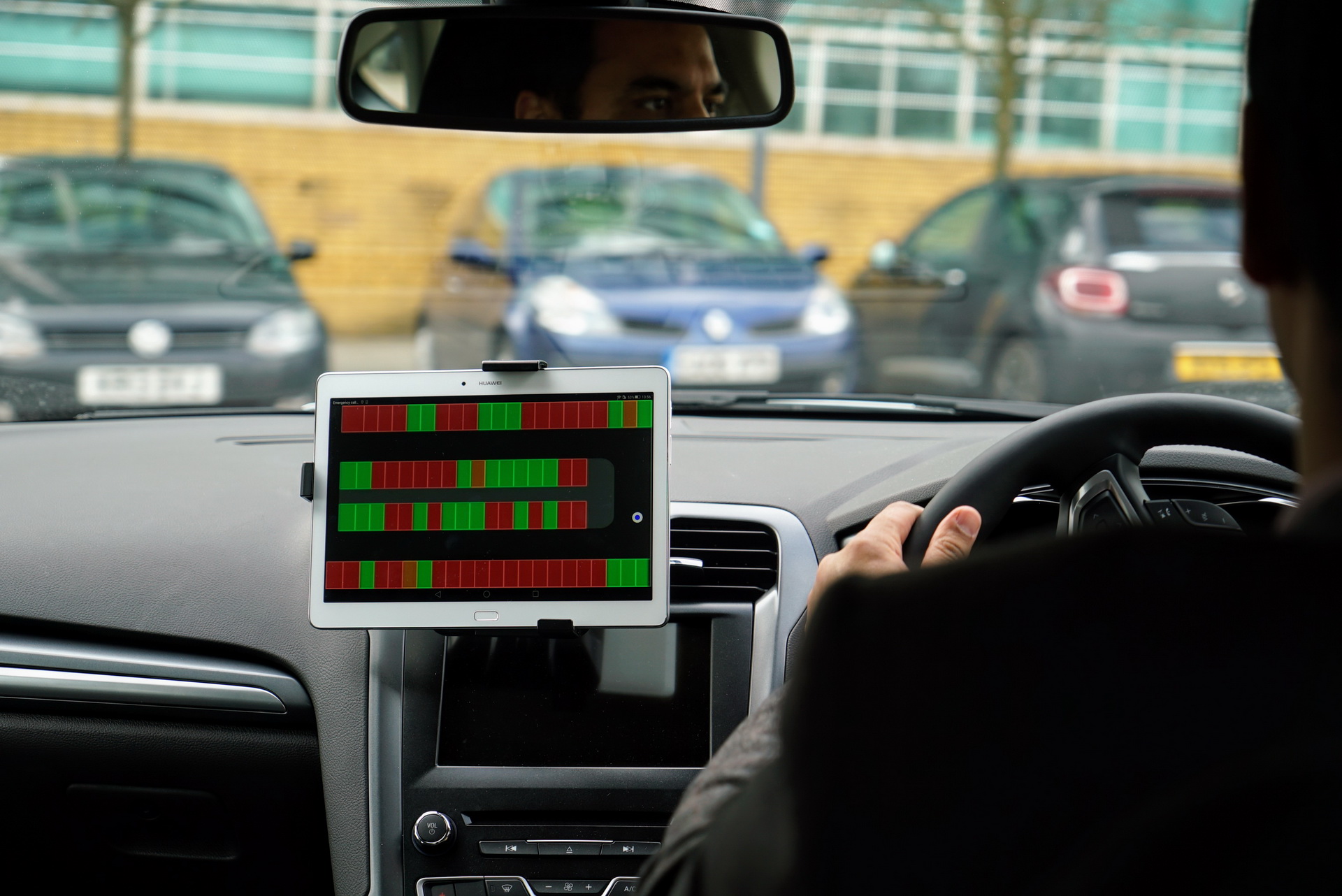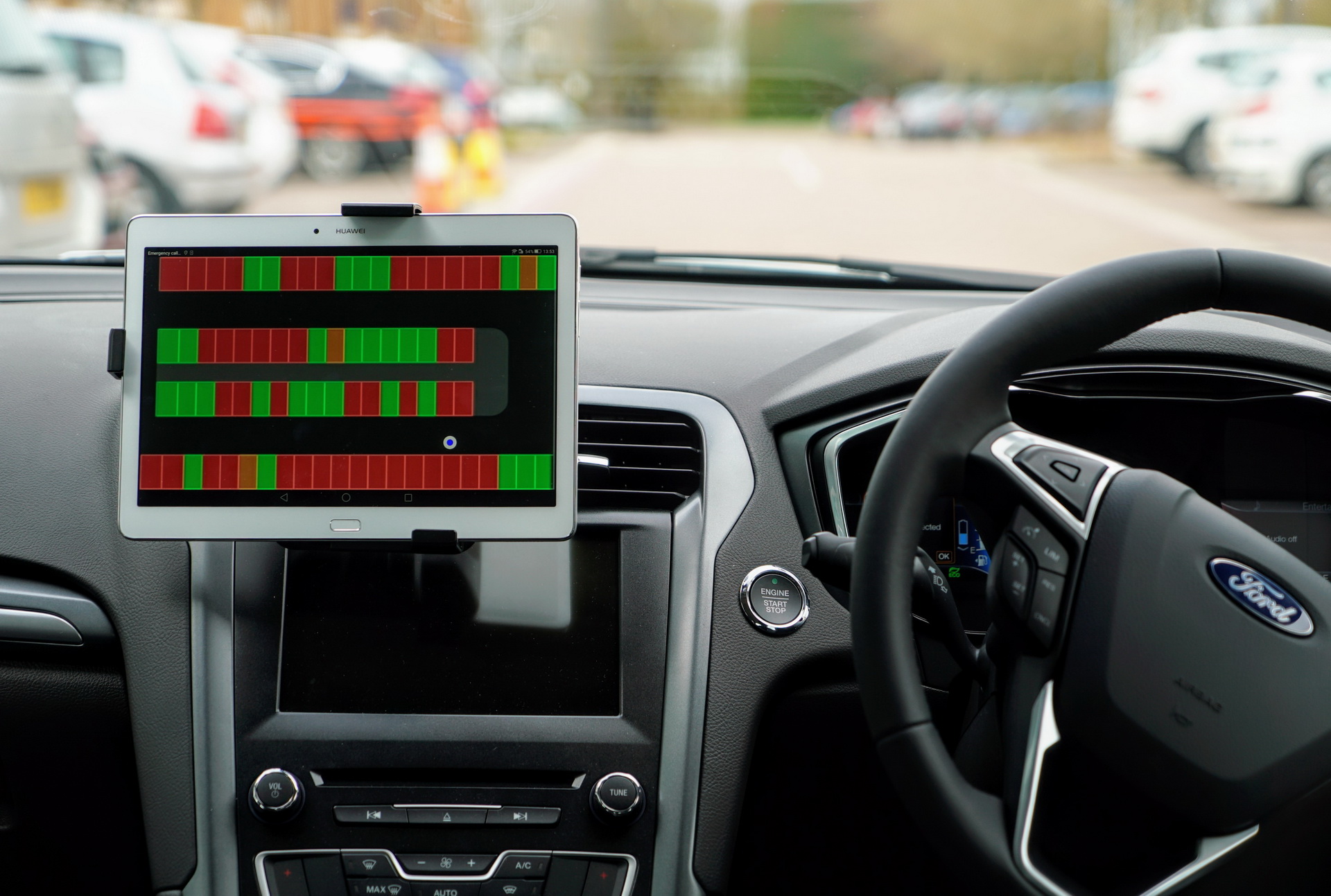A study commissioned by Ford reveals that drivers spend on average one day each year to find an empty parking space.
That time could diminish significantly with a new technology employed by the automaker and tested on the track and, more recently on the streets of Milton Keynes, UK.
So, how does it work? It uses data from the parking sensors of vehicles in the respective car park to determine where an empty parking space is, and sends the details to the driver. The technology is called ‘Collaborative Parking’, and can be enhanced to incorporate input from the car parks’ monitoring systems.
“We understand how much wasted time and unnecessary stress is caused by searching for parking spaces in towns and cities”, said Ford Research and Advanced Engineering, Automated Driving Europe supervisor, Christian Ress. “With our research into ‘Collaborative Parking’, we see an opportunity to hand that time back to drivers, helping them enjoy happier, healthier and more efficient journeys.”
To demonstrate the effectiveness of the system, Ford has released a short video that shows a Mondeo/Fusion equipped with the aforementioned technology. The D-segment car drives around a parking lot and finds an empty parking space in no time.
This isn’t the Michigan-based automaker’s first foray into the unknown, on the lookout for new driver aids, as they already revealed a system that warns those behind the wheel when emergency services vehicles need to overtake. This feature also warns the driver of other hazards, such as a car hidden by a bend in the road that brakes suddenly.






